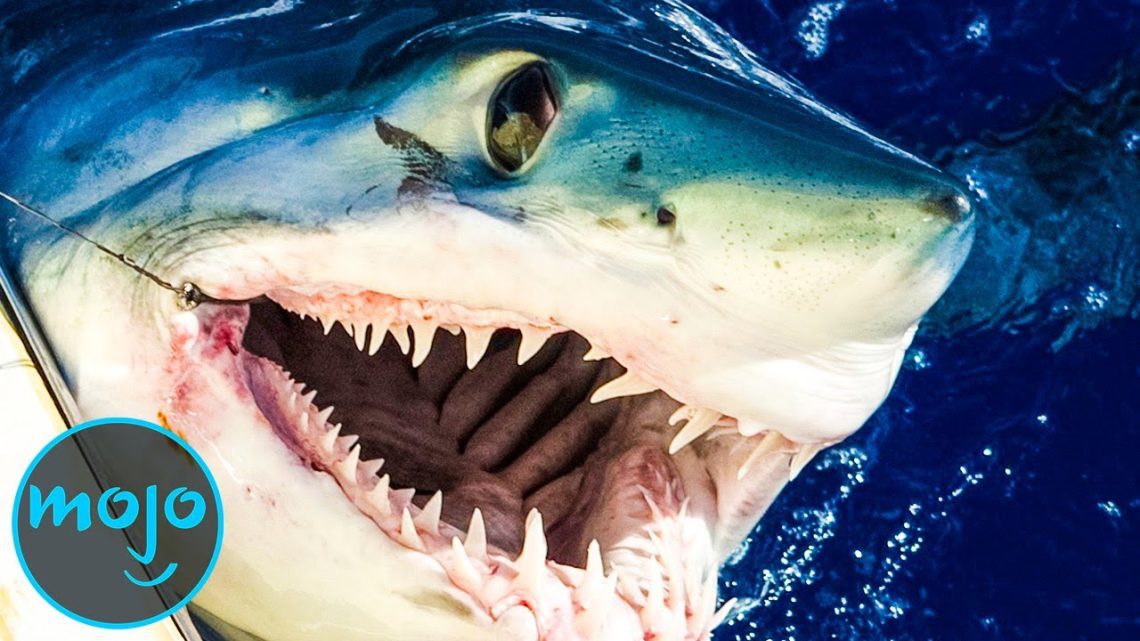
Top 10 scariest sharks in the world
Such a predatory fish as a shark often becomes a character in horror films – all because there are many myths about these fish. We all know that a shark attacks people, but this is not entirely true … The fact is that a shark does not distinguish who is in front of it: a person, a fish or a seal. It is worth noting that she likes seal meat much more than human, so the shark is limited to only poking at a person, then she understands who is in front of her and loses all interest. But we are not talking about all sharks – some of them are really extremely dangerous.
Did you knowthat the shark appeared about 450 million years ago? Many species have disappeared, but sharks have remained. By the way, the most ancient predators have not changed much. About 350 species of sharks live in the waters of the World Ocean, and they are all different.
In this article, we will tell you about the ten most feared sharks – we hope you have a good time reading.
Contents
10 Dwarf Shark
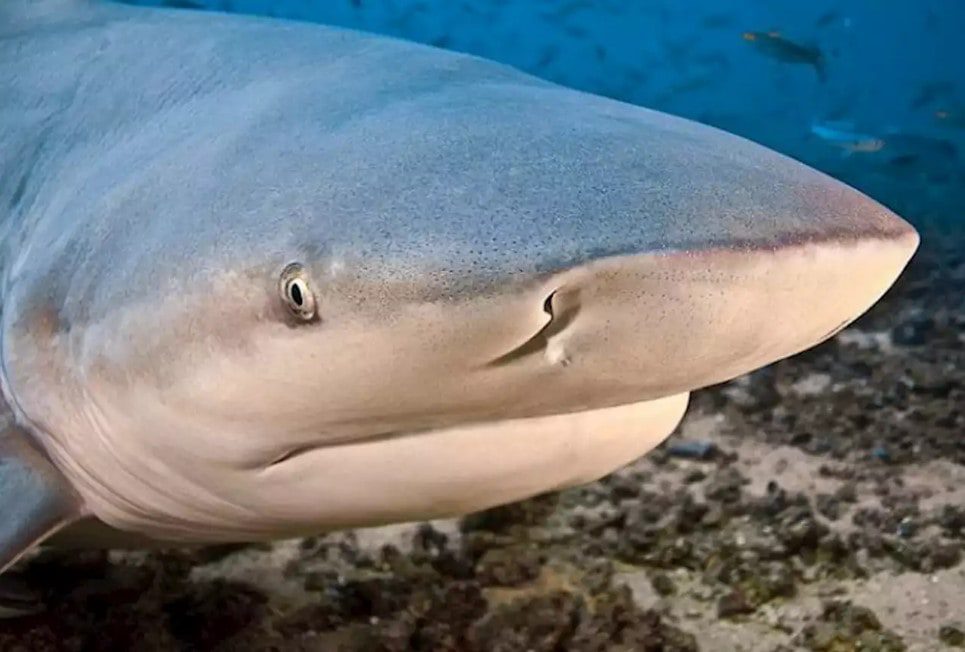
From the name you can already understand why the shark was so nicknamed. Its distinguishing feature is a blunt head shape without sharp corners. The blunt-nosed shark (aka “bull shark”) lives in the Atlantic Ocean, the coast of Australia, on the coast of Indochina, as well as in South and North America. The shark is met not only in the mouths of the rivers, but also upstream. She attacks livestock driven by shepherds to water, and often uses her signature headbutt to literally knock her victim off their feet. People often become victims. After capturing the prey, the sharks push and bite them until they can no longer escape.
Interesting fact: in 1916 there was a series of high-profile murders. Vacationers off the coast of New Jersey were killed. It is believed that a bull shark is involved in this case. The story inspired Peter Benchley to write Jaws.
9. Goblin shark
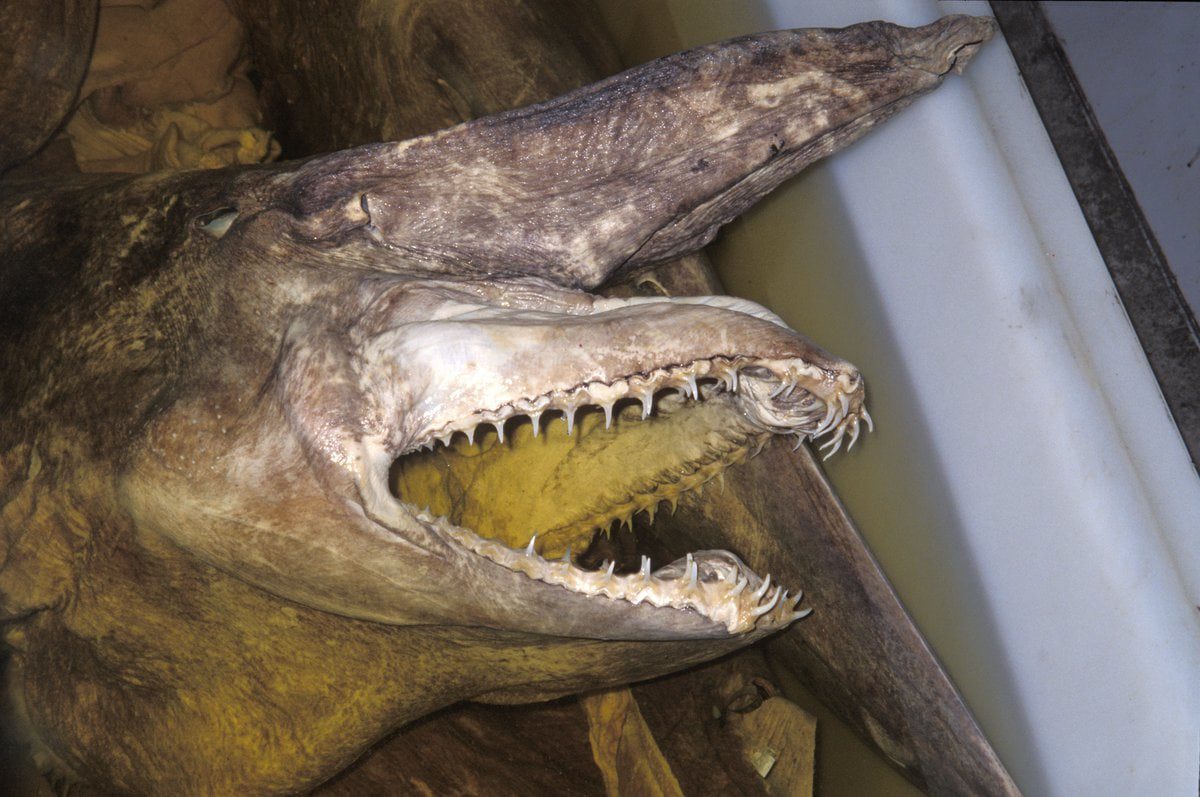
Its appearance, to put it mildly, is frightening … Yes, and the goblin shark (in other words, “deep-sea fish”, “brownie”) is still poorly studied. Goblins have a wedge-shaped protrusion on their nose. As soon as a possible dinner appears on the way of a hungry shark, powerful jaws protrude from its flat snout. For the first time, a young goblin shark was caught in 1898, it was classified as Mitsukurina owstoni in honor of Kakechi Mitsukuri – the professor who caught it, and Alan Ouston – it was he who began to study it.
The largest number of unusual sharks lives in Japan. Since there have not yet been meetings between divers and swimmers with a shark, it is difficult to assess the degree of its danger to humans, but, of course, one must always remain vigilant.
Interesting fact: the goblin shark was listed in the Red Book as a rare and poorly studied species. Shark jaws are highly valued by collectors – they are willing to pay fabulous money for them.
8. hammerhead shark
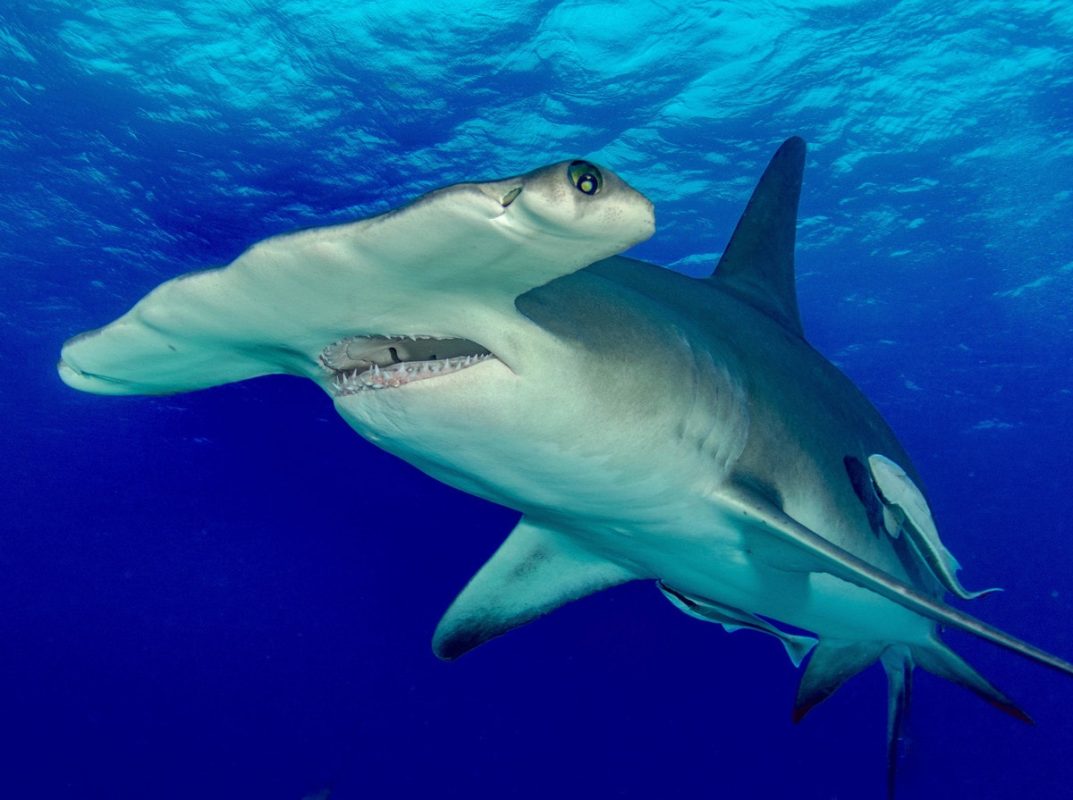
Another interesting shark. Its eccentric appearance is surprising, but it is intertwined with fear … In addition to appearance, the hammerhead shark is large in size: its length is more than 4 m, but this is not the limit. Some individuals are 7 or even 8 m long. It is believed that the fight with the hammerhead shark is doomed to defeat in advance – it always wins. Biologists have concluded that her hammer-shaped head is the result of a sudden mutation. This species is not able to see like other sharks, but they see the world through their peripheral vision.
If the hammerhead shark went hunting, you need to stay out of sight. Is this shark dangerous to humans? Unknown. In India, Thailand, for example, these fish are popular with anglers – shark meat is safely eaten.
7. Frilled shark
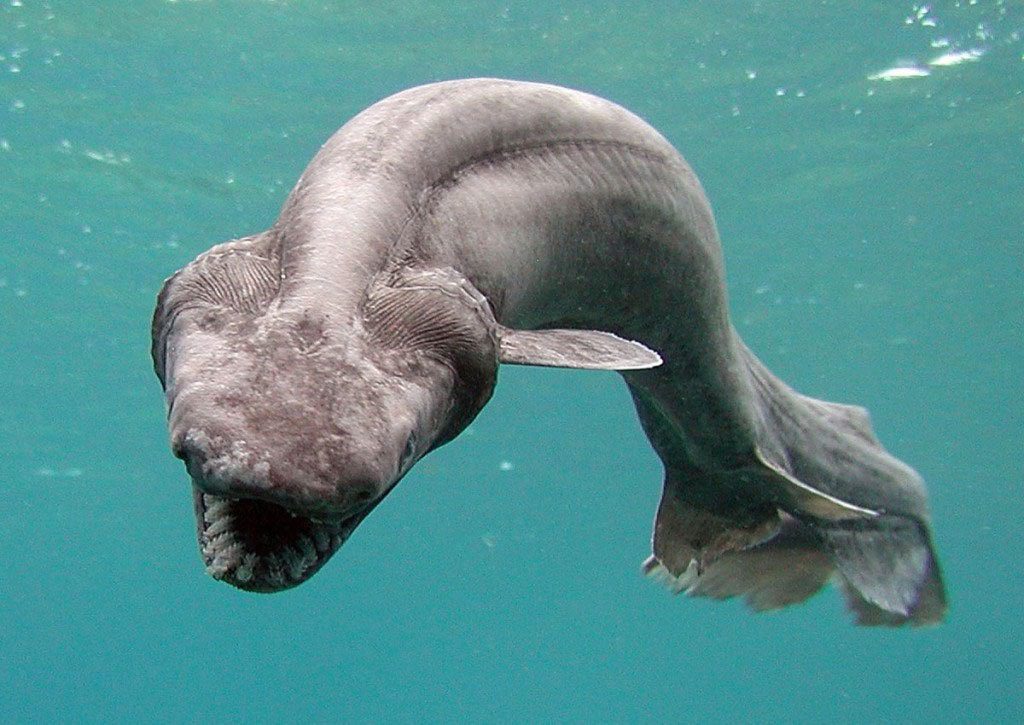
This dangerous and unique creature is considered the king of the underwater depths. The frilled shark (also called “gaffered”) is a descendant of the legendary sea serpent, for 95 million years, which is amazing, it has not changed at all. This shark is a relic because it has not evolved over the years.
She may have secured a prosperous existence for herself thanks to the deep-sea way of life. At a depth of 600 m, she has few enemies. You are probably wondering why it was called that? It’s simple – just look at her appearance. Her unusual placenta is dark brown in color and looks like a cloak. The shark has an amazing ability to completely swallow the victim.
The frilled shark is on the IUCN Red List and is threatened with extinction.
6. largemouth shark
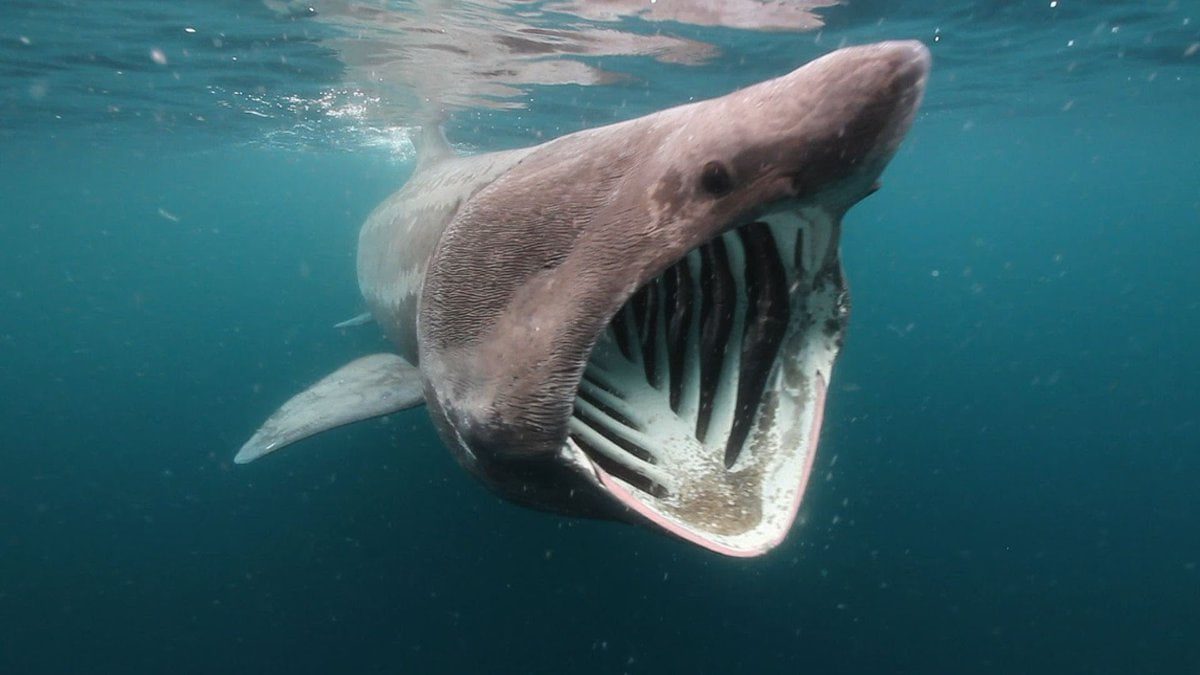
The largemouth shark, although not very attractive in appearance and inspires fear with its size – (it weighs about 1,5 tons and its body length is about 6 m), but the creature is harmless. The sensational discovery of this species happened quite recently – in 1976 and completely by accident. That year, the US Navy hydrographic ship conducted surveys in the Hawaiian Islands. A floating anchor was lowered into the water from the side of the American vessel, and when it was lifted back, a stranger fish was found in it.
This species of fish is considered the rarest in the world. Their habitat is little studied, but sharks were found in the Indian, Pacific, and Atlantic oceans. Like the frilled shark, the largemouth shark is a deep-sea creature.
5. saw shark
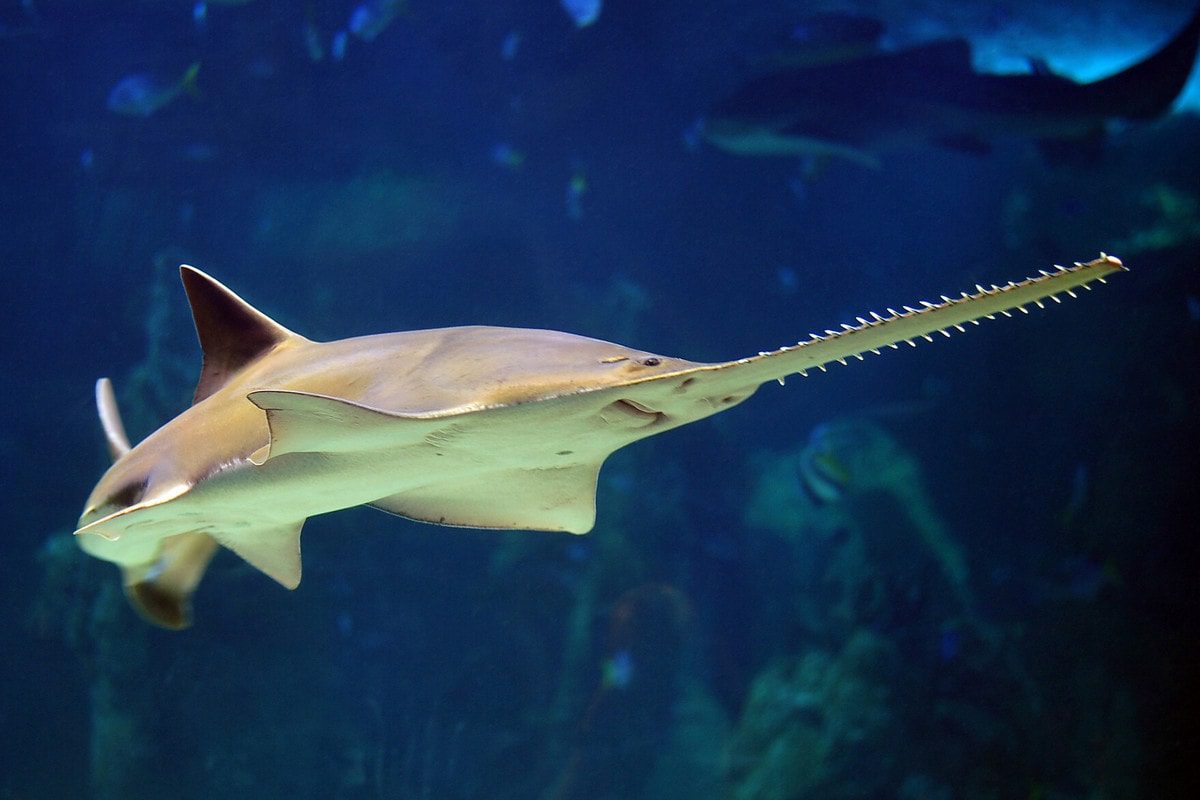
The family includes 9 species that make up the “sawtooth” order. The most distinctive feature of the group is a long flattened snout, covered on both sides with large teeth. Another feature is the presence of antennae located in the middle of the snout. Often saw sharks are confused with saw sharks, but there are differences between them. In saws, gill slits are located on the sides of the body behind the head. In the sawfly stingray, on the ventral part of the body.
In the saw shark, the pectoral fins are separate from the body, while in rays they are a continuation of the body. The saw shark does not pose a danger to people, although its appearance, of course, is frightening. But when in contact with her, do not forget about her sharp teeth – they can cause serious injuries. The species is distributed in warm, subtropical waters. Basically, sharks inhabit shallow depths – no more than 40-50 m, but some individuals came across at a depth of 1 km.
4. cigar shark
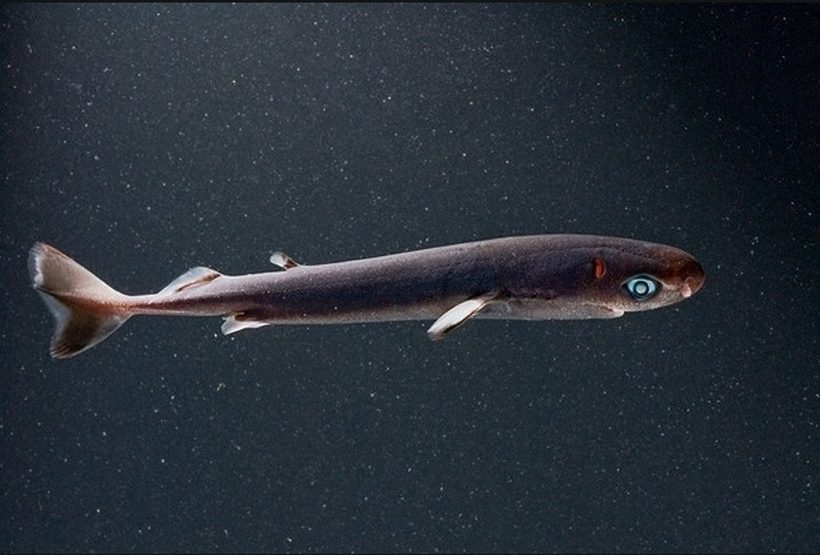
Some creatures of our planet amaze with their appearance! Cigar shark (aka “Brazilian luminous”) looks very cute and it seems that it is not capable of causing harm, but when viewed it is quite terrible … The predator inhabits the warm waters of the oceans. Despite its small size (the shark reaches only 52 cm in length), animals that are many times its size can suffer from it. The shark hunts mainly for small prey, it can gnaw through the body of large fish and mammals.
She has such sharp teeth that even a great white shark does not have. There were cases when she attacked people – in 2009 she bit swimmer Michael Spalding in Hawaii, and in 2012 there was an incident when a cigar shark bit through a sailors’ inflatable boat. Luckily, they survived by fixing the boat.
3. sand shark
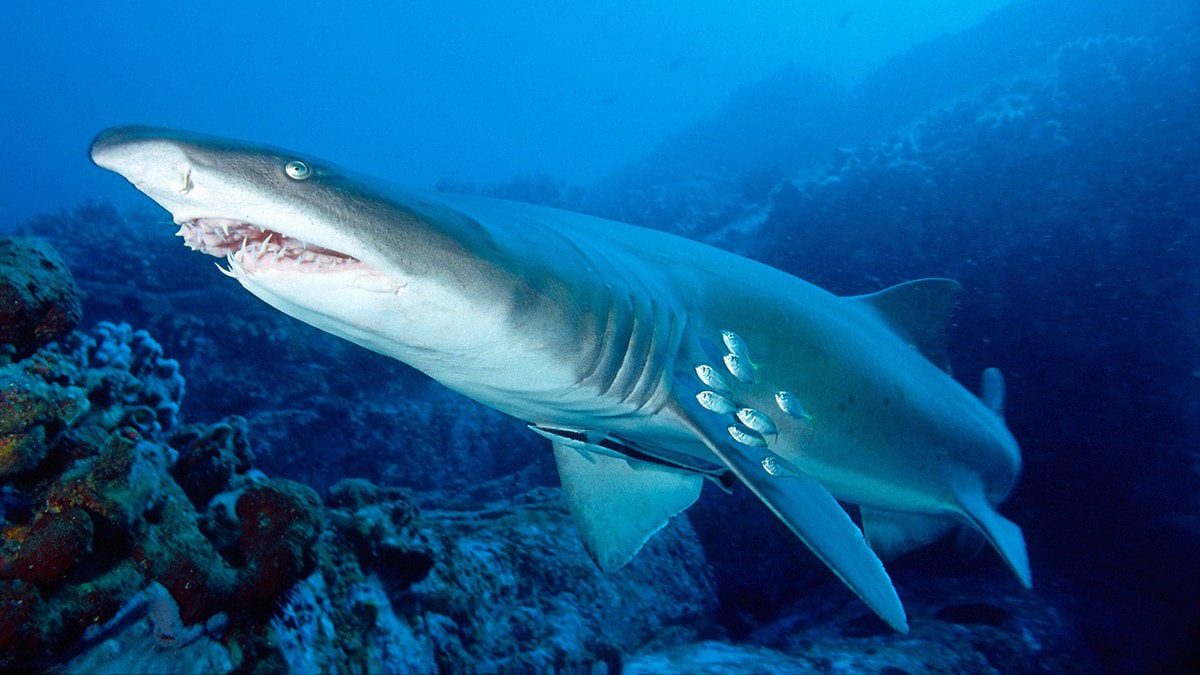
Maybe the sand shark (aka “nurse shark”, “sand tiger”) looks intimidating, but does not pose a serious danger to humans. This species is quite peaceful, sharks can easily swim next to people and not touch them. They only become aggressive if humans are baited with their favorite food. They can also show ill will if they are surrounded by scuba divers. The sand shark inhabits the coastal waters of the continents in the subtropical and tropical zones of almost the entire planet (with the exception of the Pacific coast of America).
The representative of the underwater world is large – the length of the shark reaches 4 m, it hunts squid, bony fish and small sharks. Lives in shallow water in the intertidal zone, tries to stay at shallow depths – up to 2 m.
2. giant shark
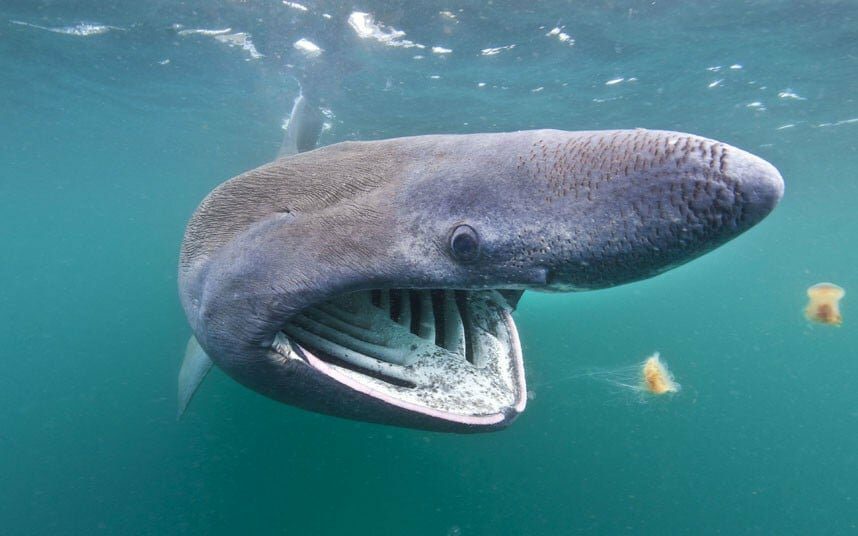
The giant shark (aka “gigantic”), reaching 10 m in length and weighing about 4 tons, is not dangerous to humans, although it looks pretty scary. It is compared with whales for the reason that the food of the shark is planktonic organisms. The giant shark likes to swim close to the surface with its fins out of the water. For this feature, the British called it “basking”, which means “basking”, meaning in the sun.
Distributed in temperate Pacific waters, it happens to be found at depths up to 1264 m. The most important distinguishing external feature of a gigantic shark is gill slits – they are so huge that they resemble a kind of collar that borders the head of a fish from back to throat. When looking into the shark’s mouth, you can see vertical holes – there are 5 of them on each side. In addition, it is distinguished by small eyes.
1. mackerel shark
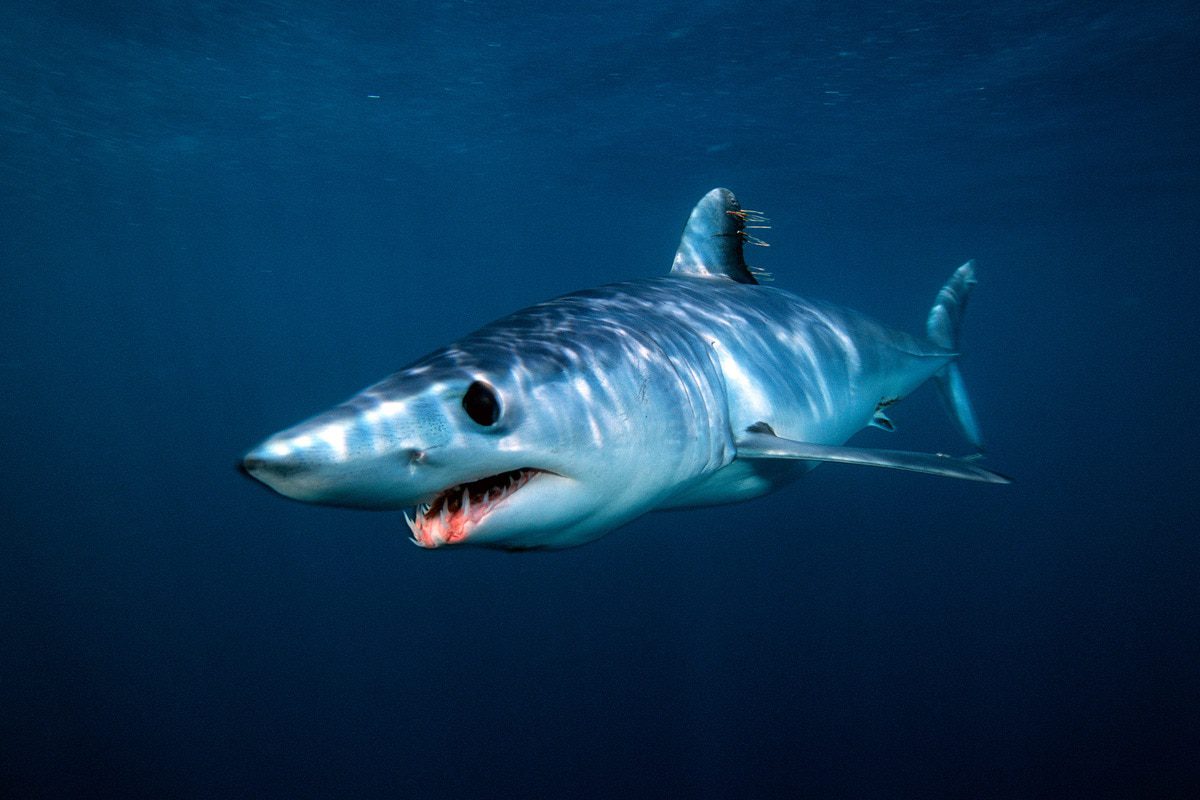
Mako shark (also “blue dolphin”, “lightning shark”, etc.) is a dangerous predator. She fearlessly lives on the high seas and often appears in the coastal zone, which makes her, combined with her hostile behavior and irrepressible appetite, dangerous for people. Mako has great speed, and can make jumps up to 6 m in length! The shark is distinguished by one feature of behavior … It can suddenly attack a person in a boat, jumping out of the water, and take him under the water with her …
It can be said that the mako shark has reasons for revenge on people. Often they catch this species as sport fishing. The victory over a formidable and strong opponent is very much appreciated in the amateur environment of sports fishing.





